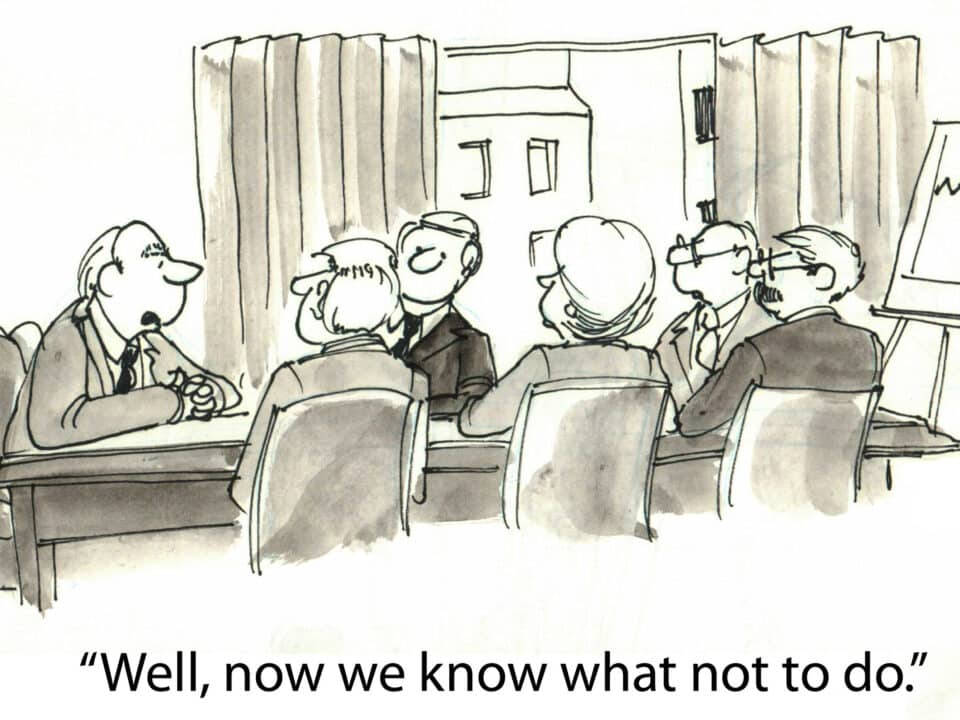
Multilingual Subtitling and Captioning: Unlocking the Potential of International Markets
April 29, 2024
Private Podcasts and the Role of Transcription Services
May 1, 2024Best Practices for Creating Effective Subtitles and Captions
In the age of digital media, subtitles and captions play a pivotal role in making content accessible, engaging, and understandable across diverse audiences. Not only do they ensure compliance with accessibility laws, but they also enhance viewer comprehension and expand global reach. Effective subtitles and captions cater to people who are hard of hearing, non-native speakers, and even those watching videos in sound-sensitive environments. This blog explores the best practices for creating clear, concise, and accessible subtitles and captions, with a focus on timing, readability, and localization.
Understanding the Basics of Subtitling and Captioning
Subtitles and captions are often used interchangeably but serve different purposes. Subtitles help audiences who do not understand the audio language by translating spoken dialogue and other relevant sounds. On the other hand, captions are designed for the deaf and hard of hearing and describe audio cues like background noises and speaker changes in addition to spoken words.
Accessibility isn’t just a legal obligation—it’s a moral one. Companies like Athreon are at the forefront, offering services like Trans|IT, which not only ensure compliance with accessibility standards but also enhance viewer engagement through high-quality, reliable transcription and captioning services.
Timing and Synchronization
Effective subtitles and captions must perfectly synchronize with audio to aid comprehension and maintain viewer engagement. Here are some key considerations:
- Synchronization: Subtitles should appear and disappear precisely when the audio plays. Delays in subtitle timing can confuse viewers and detract from the viewing experience.
- Segmentation: Breaking text into manageable segments helps maintain synchronization and ensures viewers have enough time to read each caption.
- Tools and Software: Utilizing advanced solutions like Athreon’s Trans|IT can significantly streamline the synchronization process, using AI to help match text with speech accurately.
Readability: Making Subtitles Clear and Concise
The visual presentation of subtitles and captions is crucial for readability. Here are some best practices:
- Font and Size: Choose a clear, non-serif font that stands out against the background. The size should be large enough to read comfortably without dominating the screen.
- Color and Contrast: Ensure high contrast between text and background. White text on a semi-transparent black background is a standard and effective choice.
- Conciseness: Aim to convey the message succinctly without altering the speaker’s intent. Editing for brevity can help maintain readability and viewer attention.
Inclusivity and Accessibility
Creating inclusive subtitles and captions means ensuring they are usable by as many people as possible, including those with varying levels of hearing and language proficiency:
- Contextual Clarity: Provide context for those who cannot hear the audio. This includes identifying speakers, noting significant sounds, and sometimes describing the tone or mood of the music or dialogue.
- Descriptive Sound Labels: When important non-speech information is present, descriptive captions such as [LAUGHING], [DOOR SLAMS], or [SOFT MUSIC] can be crucial for understanding the scene’s setting and emotional cues.
- Balancing Detail and Clarity: While it’s important to include enough detail for accessibility, overcrowding the screen with text can distract viewers. Striking the right balance is key.
Localization and Cultural Nuances
Localization involves adapting content to meet specific audiences’ cultural and linguistic expectations. It is more than translation; it considers cultural nuances, idioms, and context to ensure the content is as relatable and understandable as possible.
- Cultural Context: When localizing subtitles, it’s essential to adapt cultural references that the target audience can understand. For instance, converting measurements, currency, and colloquialisms into locally understood forms can significantly enhance comprehension.
- Professional Translation: Utilizing professional services like Athreon’s Trans|IT ensures that translations are accurate and culturally relevant, strengthening the content’s global appeal.

Advanced Techniques and Technologies
AI and machine learning have transformed the subtitling and captioning landscape, offering more sophisticated solutions that enhance accuracy and efficiency:
- AI-Powered Tools: AI technologies can automate the initial drafting of subtitles, which human editors then refine. This combination ensures high accuracy while retaining the nuances of human language.
- Real-Time Captioning: For live broadcasts or events, real-time captioning services come to the rescue. These services use AI and skilled captioners to provide accurate and timely captions for live content.
Implementing Quality Control
Quality control is critical to ensure subtitles and captions meet the required standards:
- Review and Testing: Before releasing subtitles publicly, they should be rigorously tested for timing, accuracy, and readability across different devices and screen sizes.
- Feedback Mechanisms: Encourage viewer feedback to improve the subtitle quality Understanding viewer experiences can help refine practices and technologies used.
Enhance Viewer Experiences with Athreon’s Trans|IT
Effective subtitles and captions are indispensable in today’s multimedia landscape. They not only make content accessible but also broaden audience reach and enhance viewer engagement. Following best practices in timing, readability, and localization is crucial. For those seeking professional and reliable captioning services, Athreon’s Trans|IT offers a solution that combines AI accuracy with human oversight, ensuring your subtitles and captions are of the highest quality, thereby maximizing your content’s impact. Ask us about our free trial for your next project.
Additional Resources
For further reading on tools, software, and professional insights into subtitling and captioning, consider exploring industry publications and attending webinars focused on multimedia accessibility. Organizations like the National Association of the Deaf and the Globalization and Localization Association also offer resources and guidelines to enhance your understanding and implementation of effective subtitles and captions.
By adhering to these best practices and leveraging advanced technologies like Athreon’s Trans|IT, content creators can ensure their media is accessible, engaging, and global.





